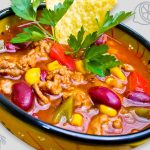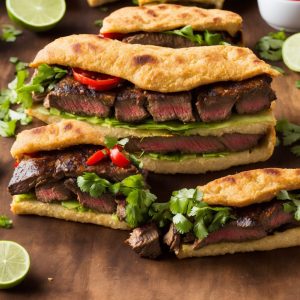
10 mins
1
2
3
4
5
5
from
1
vote
Have a few bites of appetizers to prep you for the big meal. Hungry but don’t want anything too heavy? These snack and appetizer recipes are sure to satisfy you and keep the hunger pangs at bay. From healthy snacks to extravagant party appetizers, you'll find anything light bite that suits your fancy right here!
Read More

1 hr
1
2
3
4
5
5
from
1
vote
Cakes are the quintessential dessert. They're most popular as dessert for special celebrations like birthdays and weddings. Moreover, they're also great for wrapping up meals with something nice and airy. Make your favorite cake with our amazing cake recipes! Go as rich and as decadent as you want with delectable chocolate cakes. Or, keep things simple with yummy cheesecakes. Our amazing cake recipes will win the hearts of any dessert connoisseur!
Read More
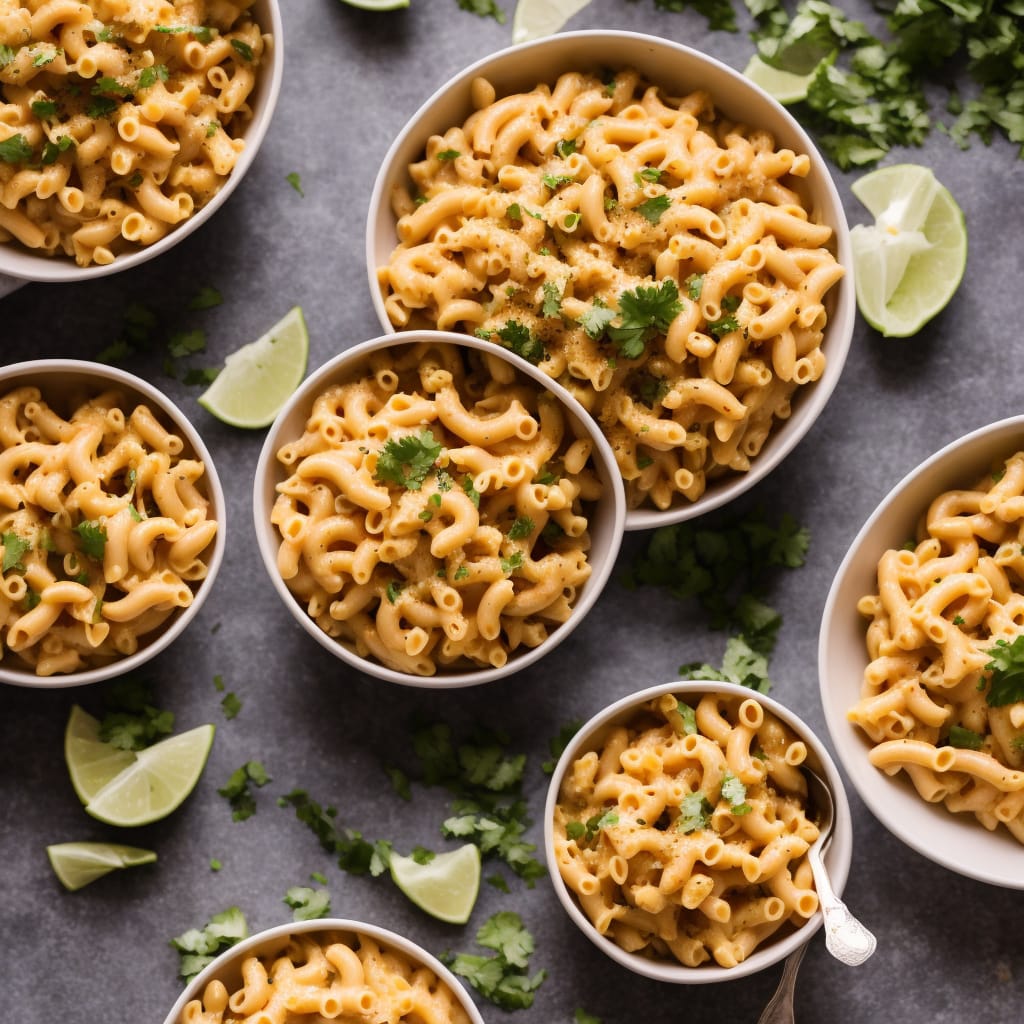
45 mins
1
2
3
4
5
5
from
1
vote
There’s a reason why pasta is a popular favorite. It’s such a multi-purpose dish that can be enjoyed in a multitude of ways. With so many pasta ideas to choose from, your biggest challenge will be deciding on which pasta recipes to go for!
Read More

1 hr 10 mins
1
2
3
4
5
5
from
1
vote
Spice up your meals with these easy-to-follow Mexican recipes! Explore a variety of dishes and new flavors to try out for your next big meals. We have it all from the classic tacos, crunchy empanadas, freshly made margaritas, and more. These exciting Mexican recipes are sure to please any crowd. So try them out for your next big gathering, or simply cook them up for when you're craving some Mexican cuisine.
Read More
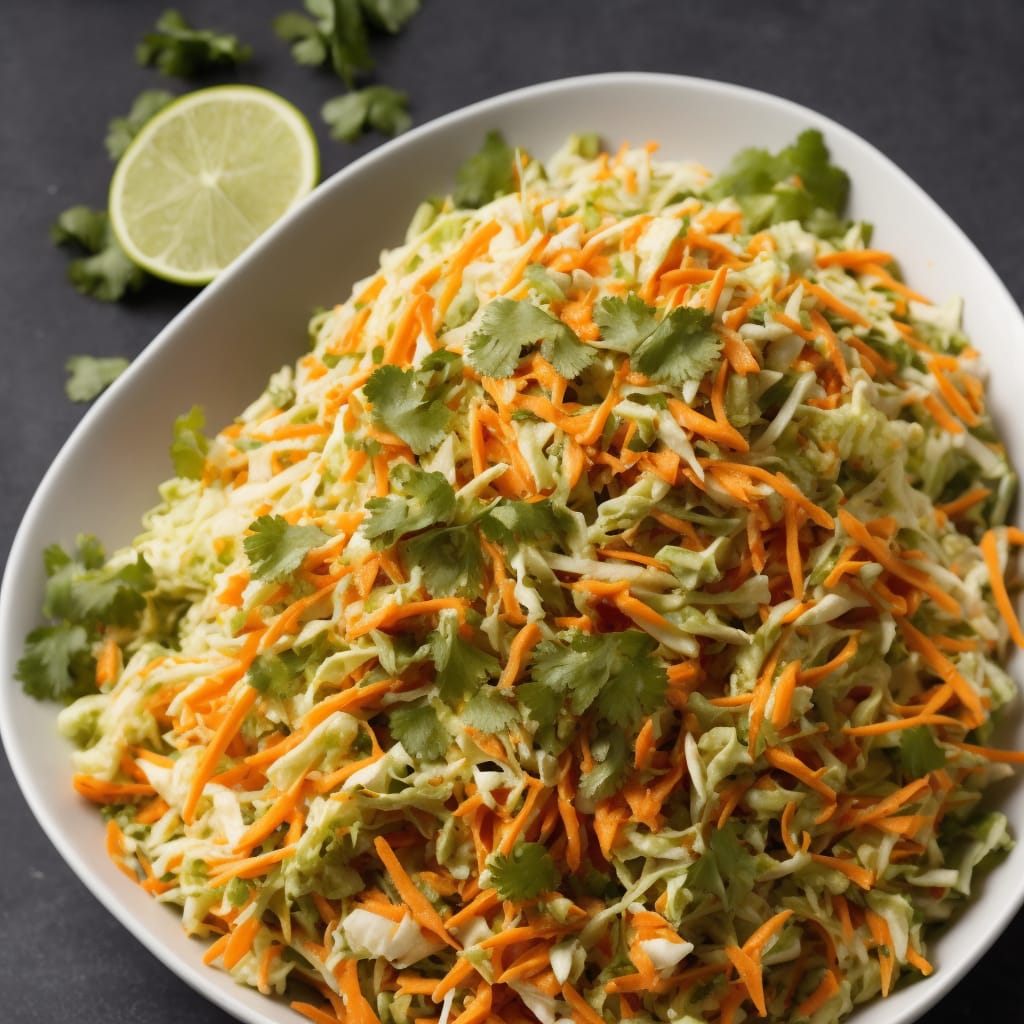
15 mins
1
2
3
4
5
5
from
1
vote
Salads are great for integrating your daily dose of healthy greens into your meals. Check out these salad recipes to throw together a salad that’s not only healthy, but also delicious as well!
Read More
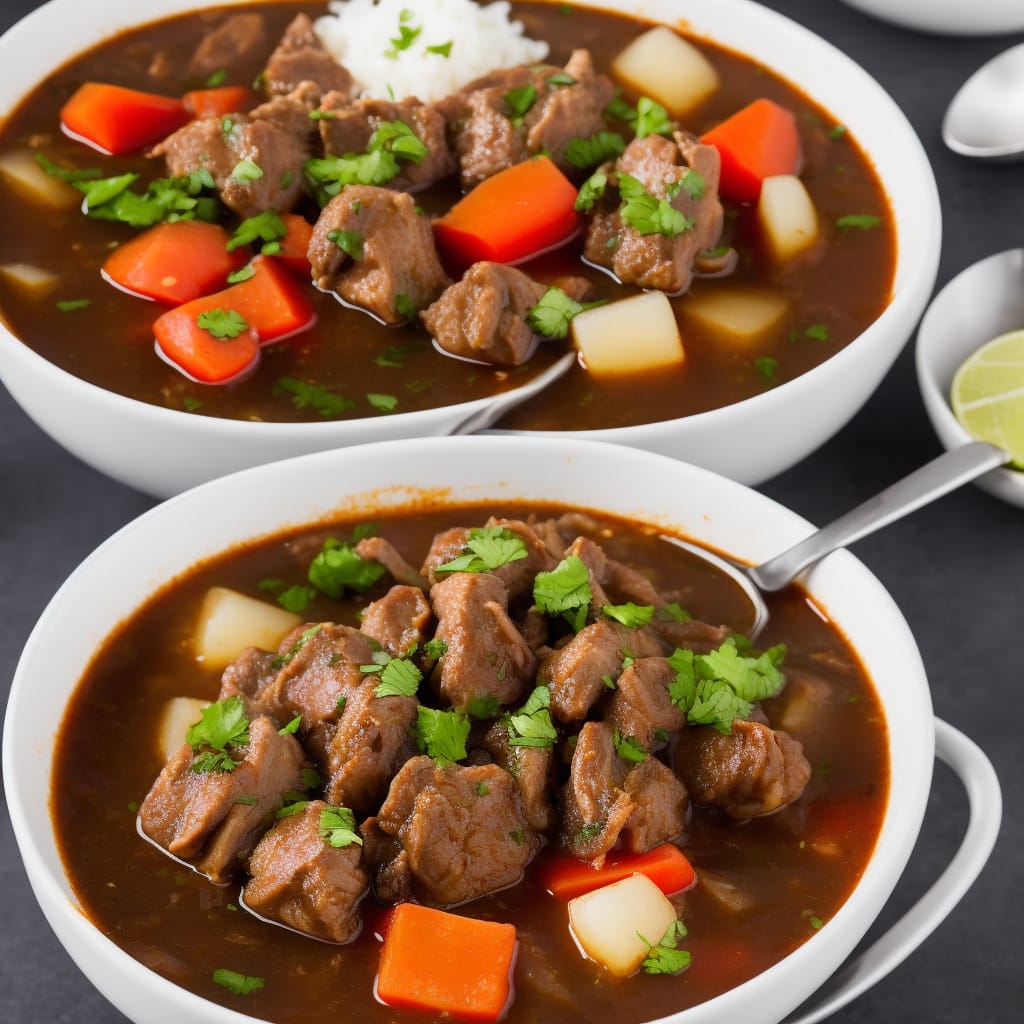
3 hrs 20 mins
1
2
3
4
5
5
from
1
vote
This classic and versatile dish is not one to miss in the dinner table! Make delicious, warm soup with our comforting soup recipes. You can enjoy this dish as a main course, side dish, or even an appetizer. If you're just learning the ropes around cooking, then soup recipes are a great place to start. Delve into our amazing soup recipes for something easy to make, but satisfying to eat. We guarantee you'll be wiping the bowl clean down to your last spoonful!
Read More
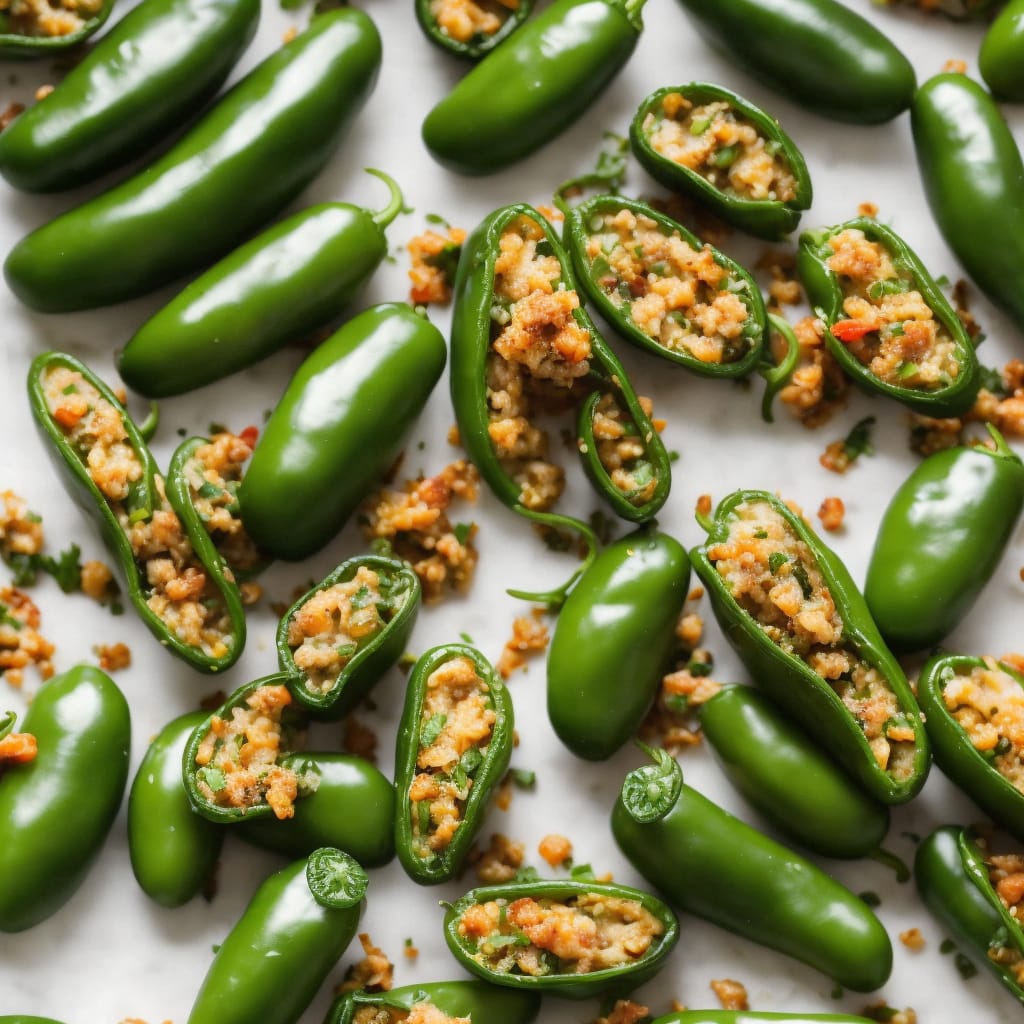
35 mins
1
2
3
4
5
5
from
1
vote
Have a few bites of appetizers to prep you for the big meal. Hungry but don’t want anything too heavy? These snack and appetizer recipes are sure to satisfy you and keep the hunger pangs at bay. From healthy snacks to extravagant party appetizers, you'll find anything light bite that suits your fancy right here!
Read More
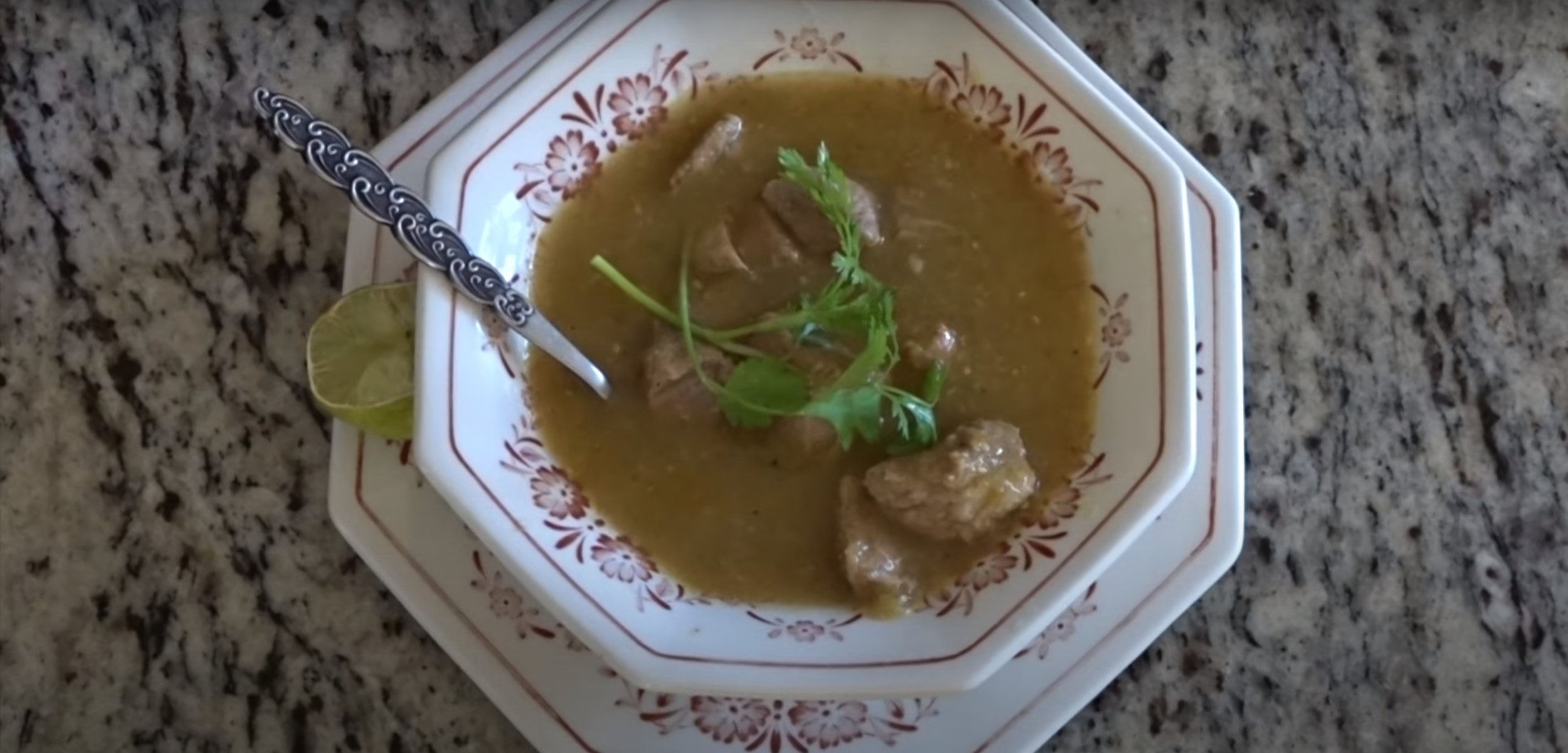
1 hr
1
2
3
4
5
5
from
1
vote
This classic and versatile dish is not one to miss in the dinner table! Make delicious, warm soup with our comforting soup recipes. You can enjoy this dish as a main course, side dish, or even an appetizer. If you're just learning the ropes around cooking, then soup recipes are a great place to start. Delve into our amazing soup recipes for something easy to make, but satisfying to eat. We guarantee you'll be wiping the bowl clean down to your last spoonful!
Read More

35 mins
1
2
3
4
5
5
from
1
vote
There’s nothing better than a hot and fresh casserole right from the oven. For cooking recipes that are failsafe and delicious, look no further and follow these casserole recipes that are sure to garner you some new fans along the way.
Read More
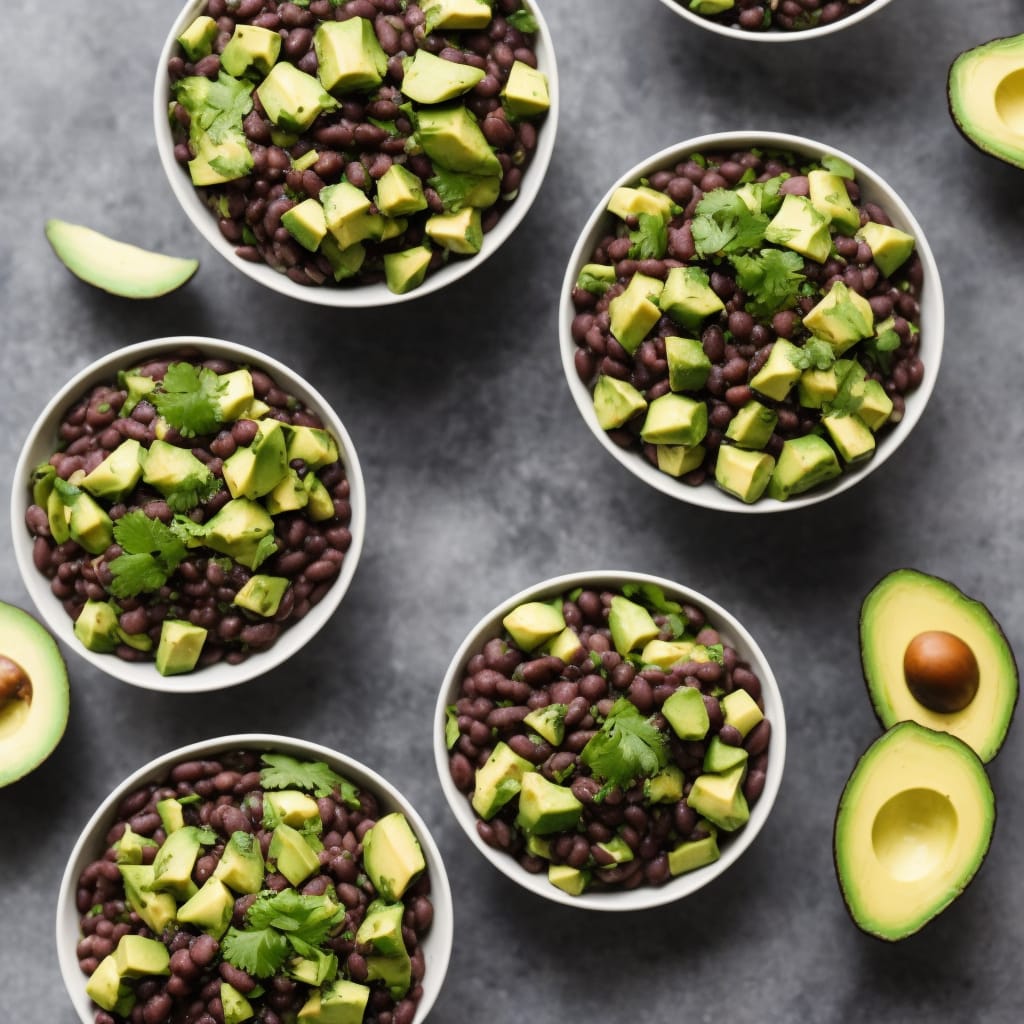
15 mins
1
2
3
4
5
5
from
1
vote
Have a few bites of appetizers to prep you for the big meal. Hungry but don’t want anything too heavy? These snack and appetizer recipes are sure to satisfy you and keep the hunger pangs at bay. From healthy snacks to extravagant party appetizers, you'll find anything light bite that suits your fancy right here!
Read More

35 mins
1
2
3
4
5
5
from
1
vote
No time to cook? No problem! If you're too busy to whip up lunch or dinner meals, then don't worry. We have easy but delicious instant pot recipes right here to save the day! These instant pot recipes are great for coming up with quick fix dishes to instantly soothe a grumbling stomach. You'll be churning soups, stews, and other pot dishes so fast, you’ll be saying “dinner is served!” in no time. Just toss in ingredients into a pot and you’ve got yourself an instant pot meal. What more can you ask for?
Read More
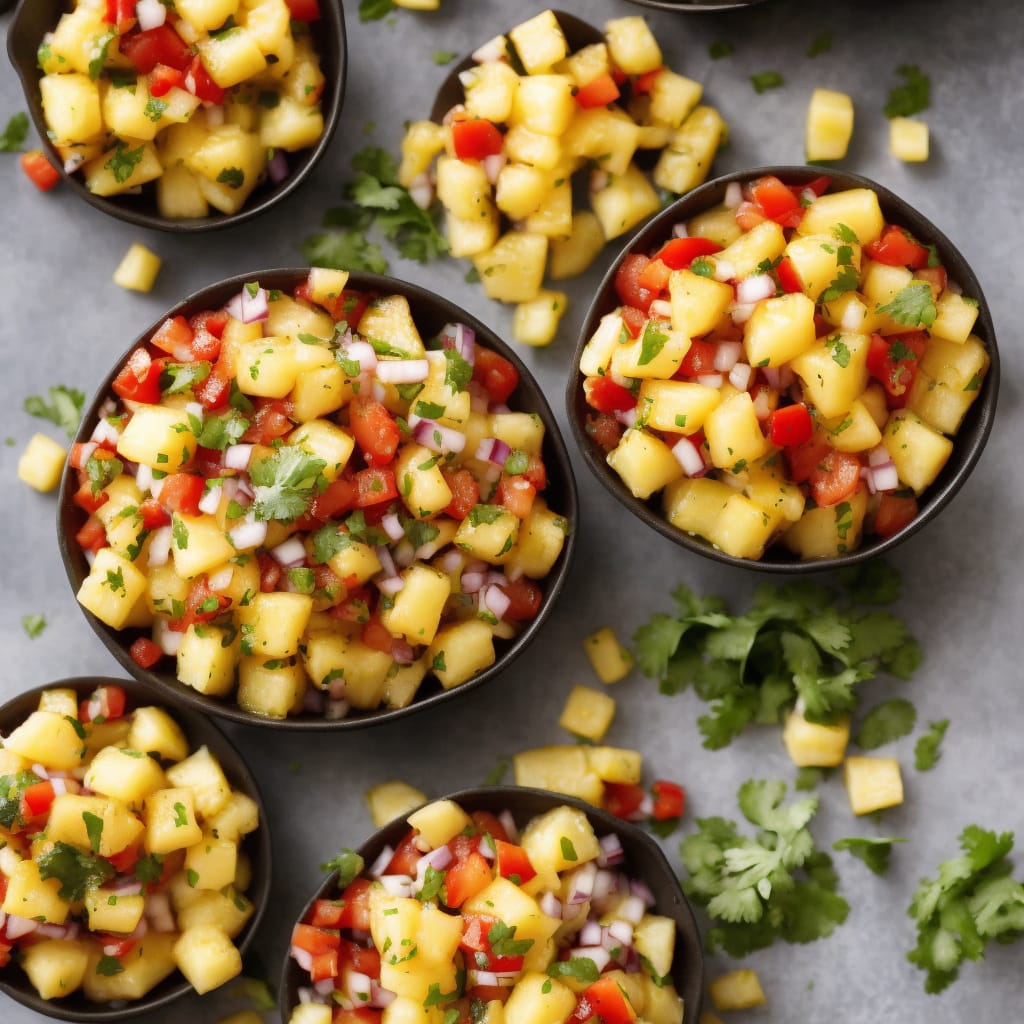
15 mins
1
2
3
4
5
5
from
1
vote
Need something to amp up the flavor on your appetizers? Look no further from our delicious dip recipes. Together with an array of sauce recipes, these delightful flavorings are sure to enhance any meal. We have a variety of recipes, from savory marinara sauces to sweet cinnamon dips. Pair off these yummy dip recipes with your favorite finger foods and snacks for a more delightful treat!
Read More
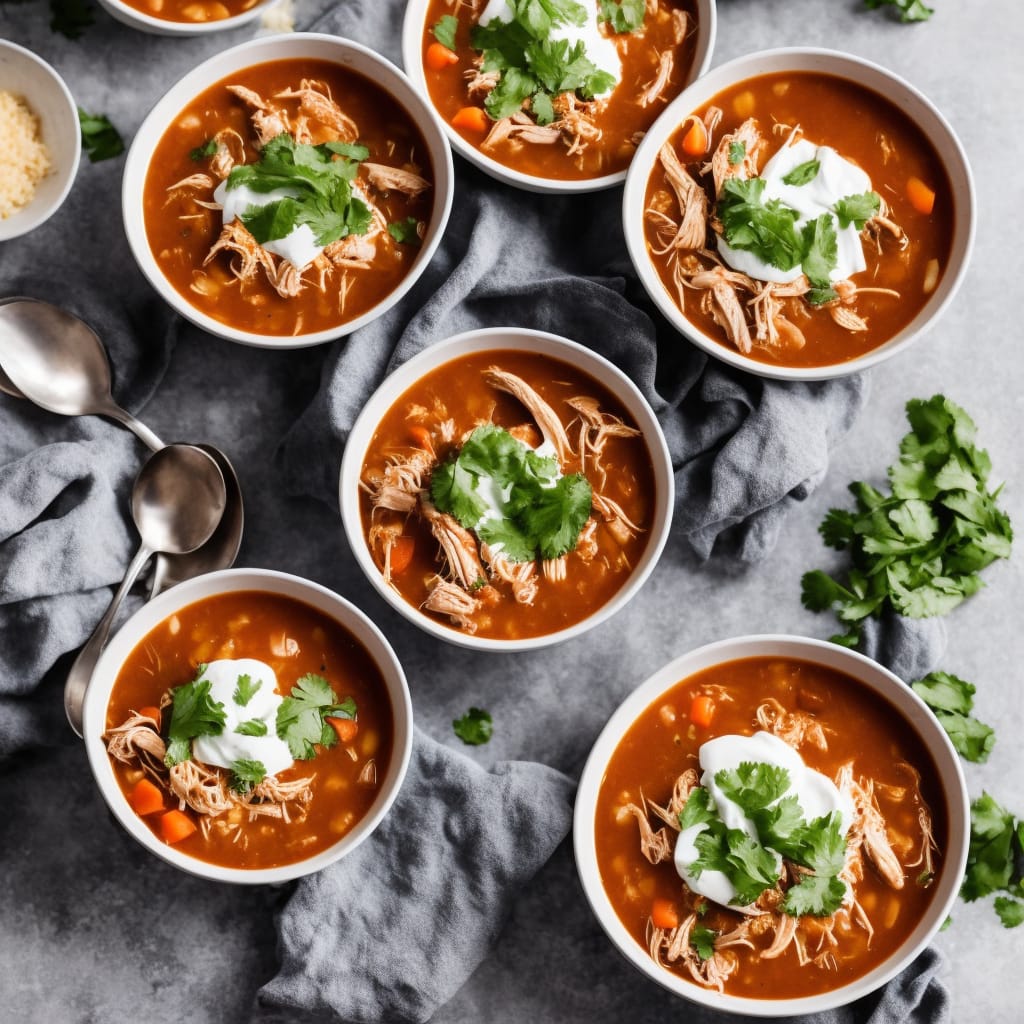
4 hrs 10 mins
1
2
3
4
5
5
from
1
vote
This classic and versatile dish is not one to miss in the dinner table! Make delicious, warm soup with our comforting soup recipes. You can enjoy this dish as a main course, side dish, or even an appetizer. If you're just learning the ropes around cooking, then soup recipes are a great place to start. Delve into our amazing soup recipes for something easy to make, but satisfying to eat. We guarantee you'll be wiping the bowl clean down to your last spoonful!
Read More
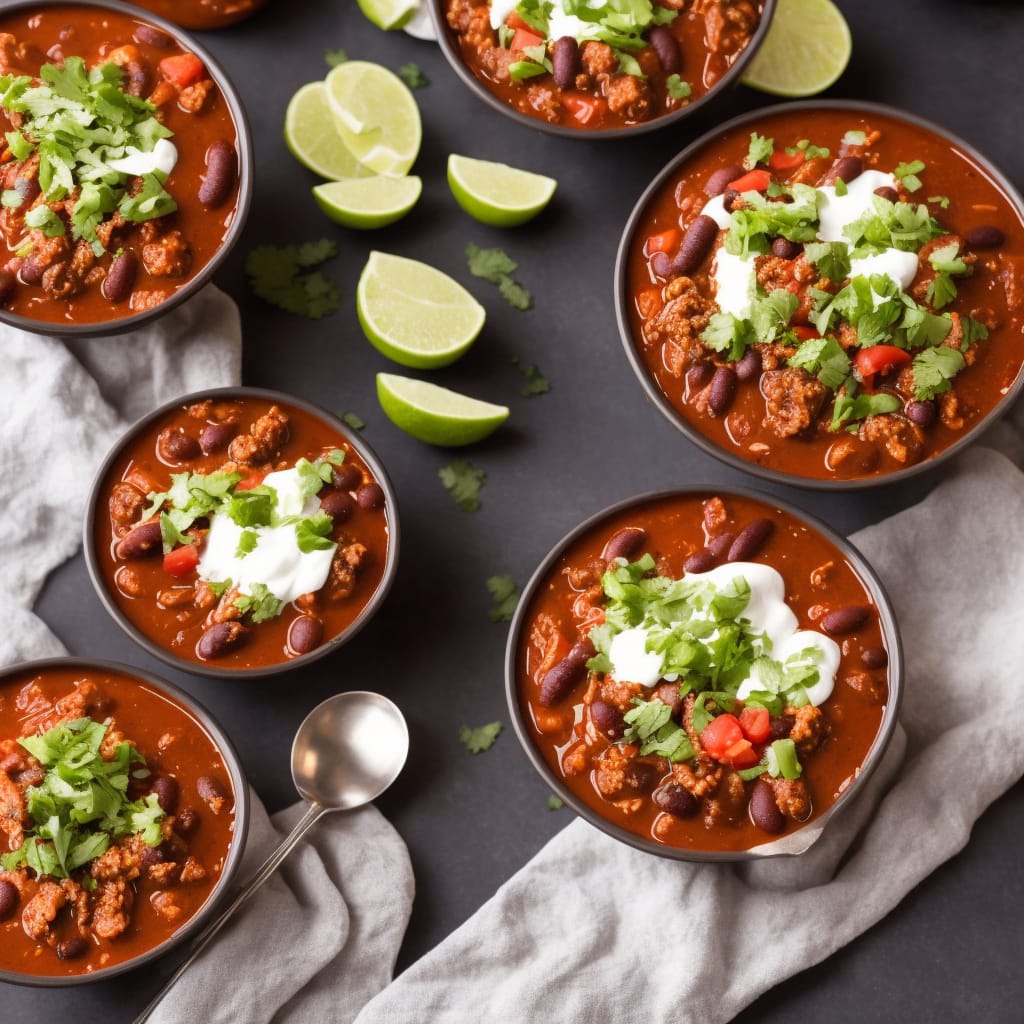
55 mins
1
2
3
4
5
5
from
1
vote
This classic and versatile dish is not one to miss in the dinner table! Make delicious, warm soup with our comforting soup recipes. You can enjoy this dish as a main course, side dish, or even an appetizer. If you're just learning the ropes around cooking, then soup recipes are a great place to start. Delve into our amazing soup recipes for something easy to make, but satisfying to eat. We guarantee you'll be wiping the bowl clean down to your last spoonful!
Read More
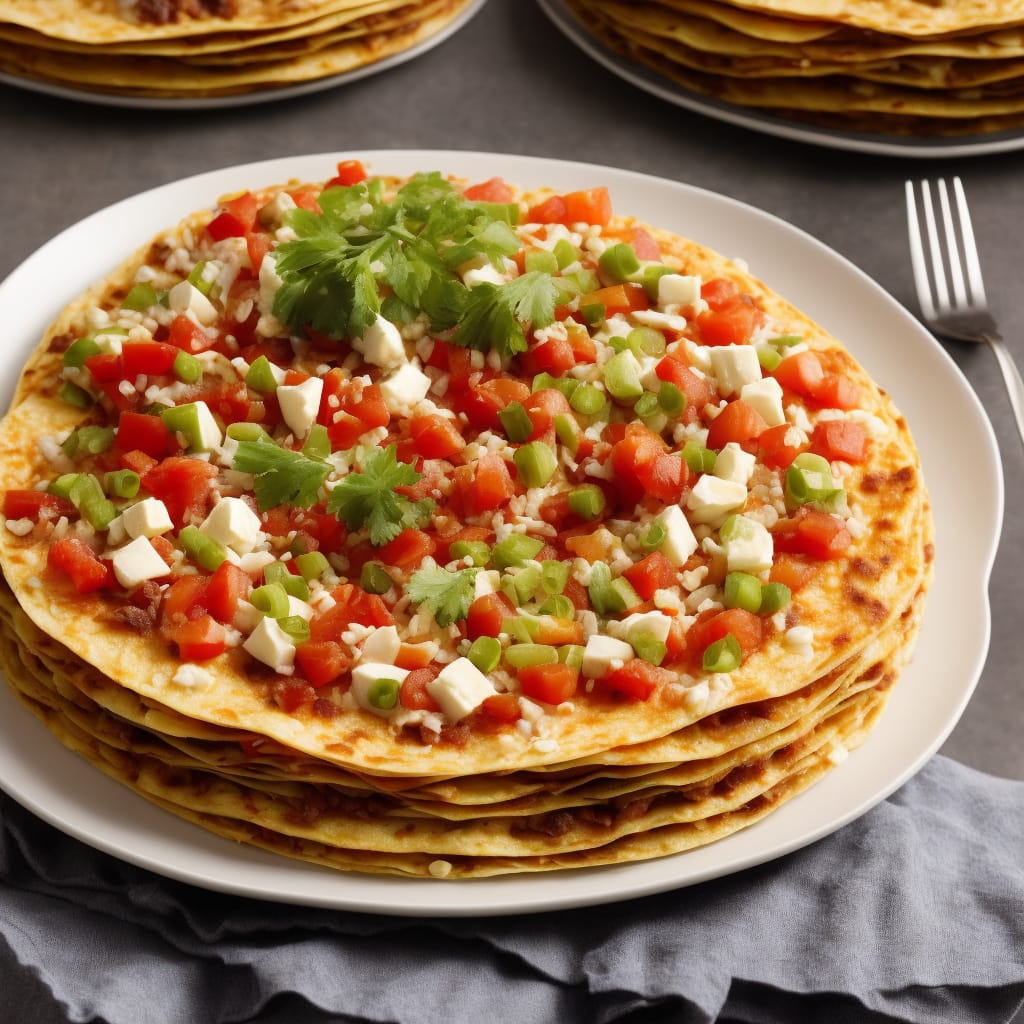
1 hr
1
2
3
4
5
5
from
1
vote
There’s nothing better than a hot and fresh casserole right from the oven. For cooking recipes that are failsafe and delicious, look no further and follow these casserole recipes that are sure to garner you some new fans along the way.
Read More
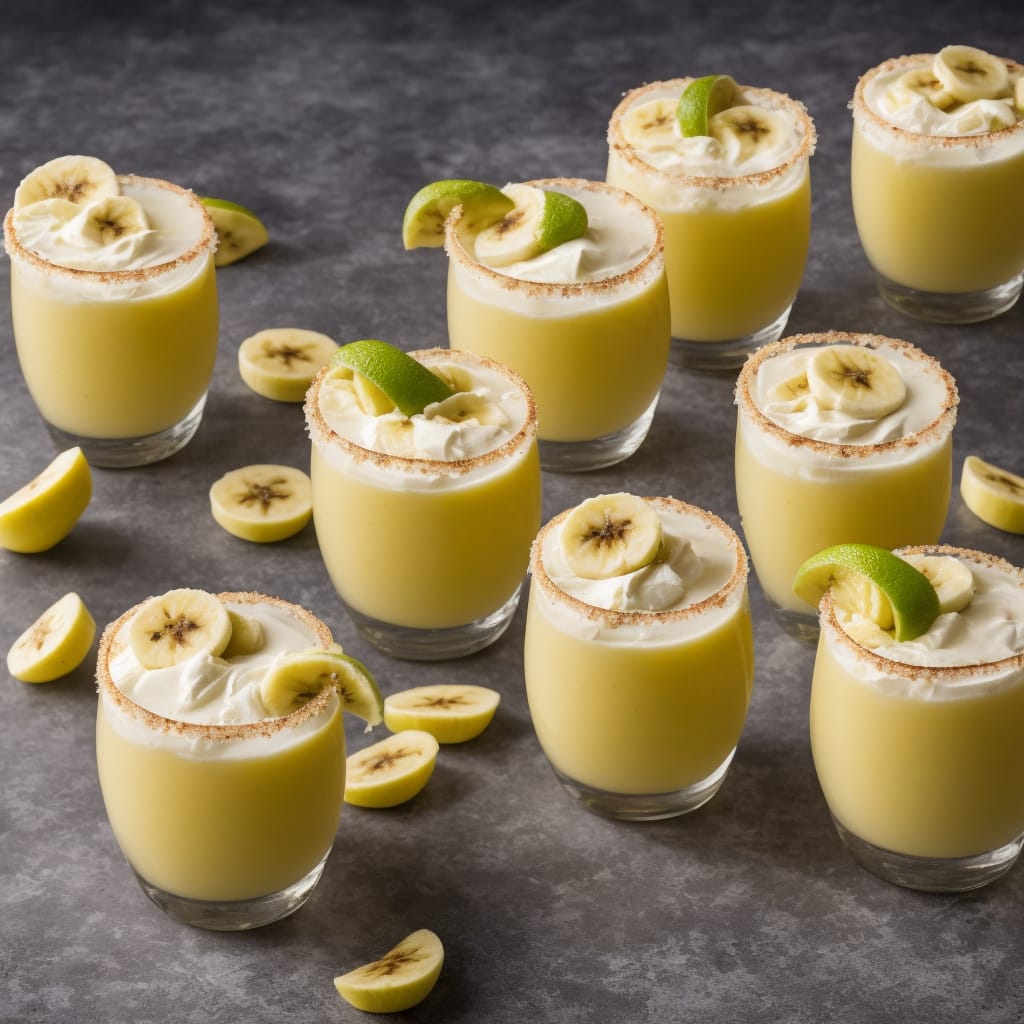
10 mins
1
2
3
4
5
5
from
1
vote
Feeling thirsty? Don't worry! We’ve got your back. We have all kinds of easy and unique cocktail recipes that's perfect for the grown-ups. So thanks to our cocktail recipes, you can make the best cocktail drinks to enjoy with friends and loved ones. These cocktail recipes will give you just the right amount of flavor and kick!
Read More
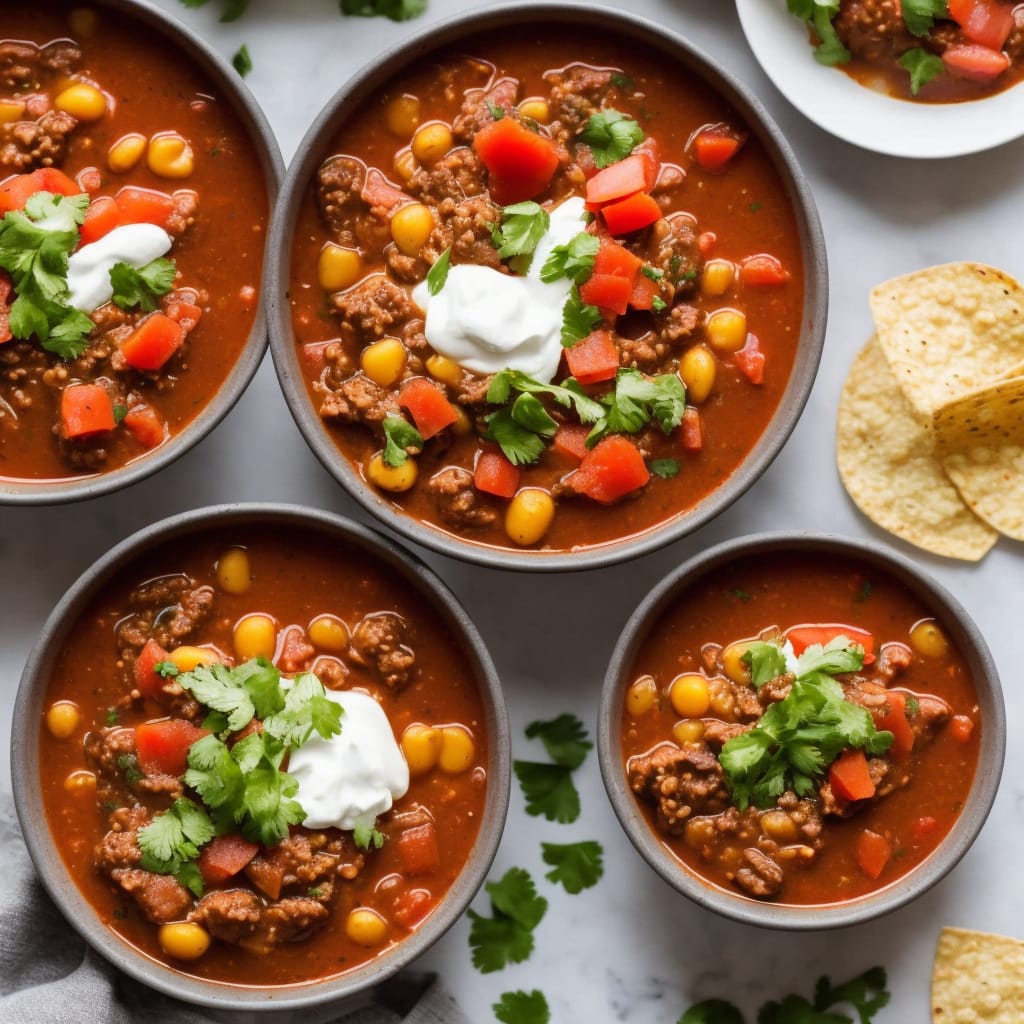
1 hr
1
2
3
4
5
5
from
1
vote
This classic and versatile dish is not one to miss in the dinner table! Make delicious, warm soup with our comforting soup recipes. You can enjoy this dish as a main course, side dish, or even an appetizer. If you're just learning the ropes around cooking, then soup recipes are a great place to start. Delve into our amazing soup recipes for something easy to make, but satisfying to eat. We guarantee you'll be wiping the bowl clean down to your last spoonful!
Read More
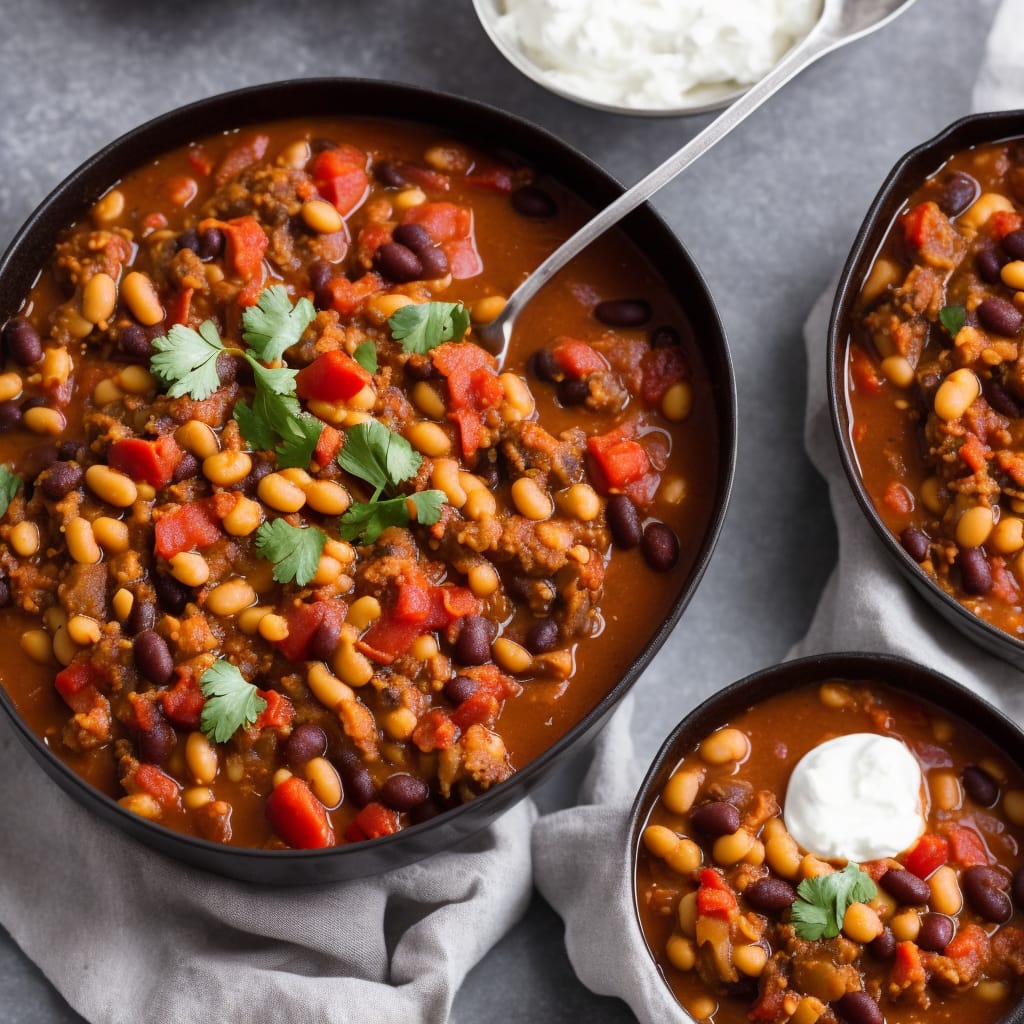
1 hr
1
2
3
4
5
5
from
1
vote
This classic and versatile dish is not one to miss in the dinner table! Make delicious, warm soup with our comforting soup recipes. You can enjoy this dish as a main course, side dish, or even an appetizer. If you're just learning the ropes around cooking, then soup recipes are a great place to start. Delve into our amazing soup recipes for something easy to make, but satisfying to eat. We guarantee you'll be wiping the bowl clean down to your last spoonful!
Read More
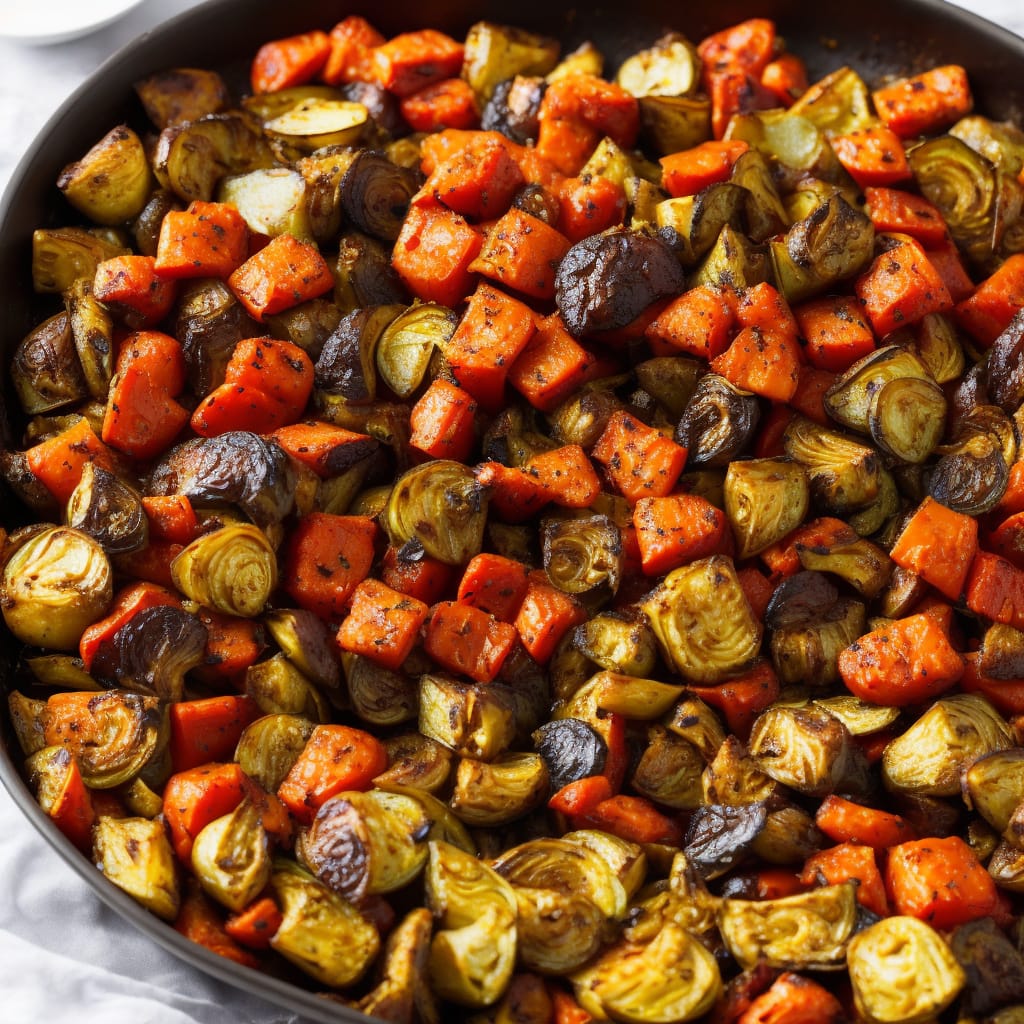
45 mins
1
2
3
4
5
5
from
1
vote
Make your meals healthier with our yummy vegetable recipes! Whether it’s green and leafy, or bright and colorful veggies, our recipes are the perfect answer. Whip up and serve flavorful vegetable dishes to keep your loved ones full and healthy. Also, if you’re worried about vegetables tasting bland, you don't have to worry, not with our vegetable recipes. We have all kinds of ways to help you cook delicious but nutritious veggies. So, go on and explore our vegetable recipes!
Read More
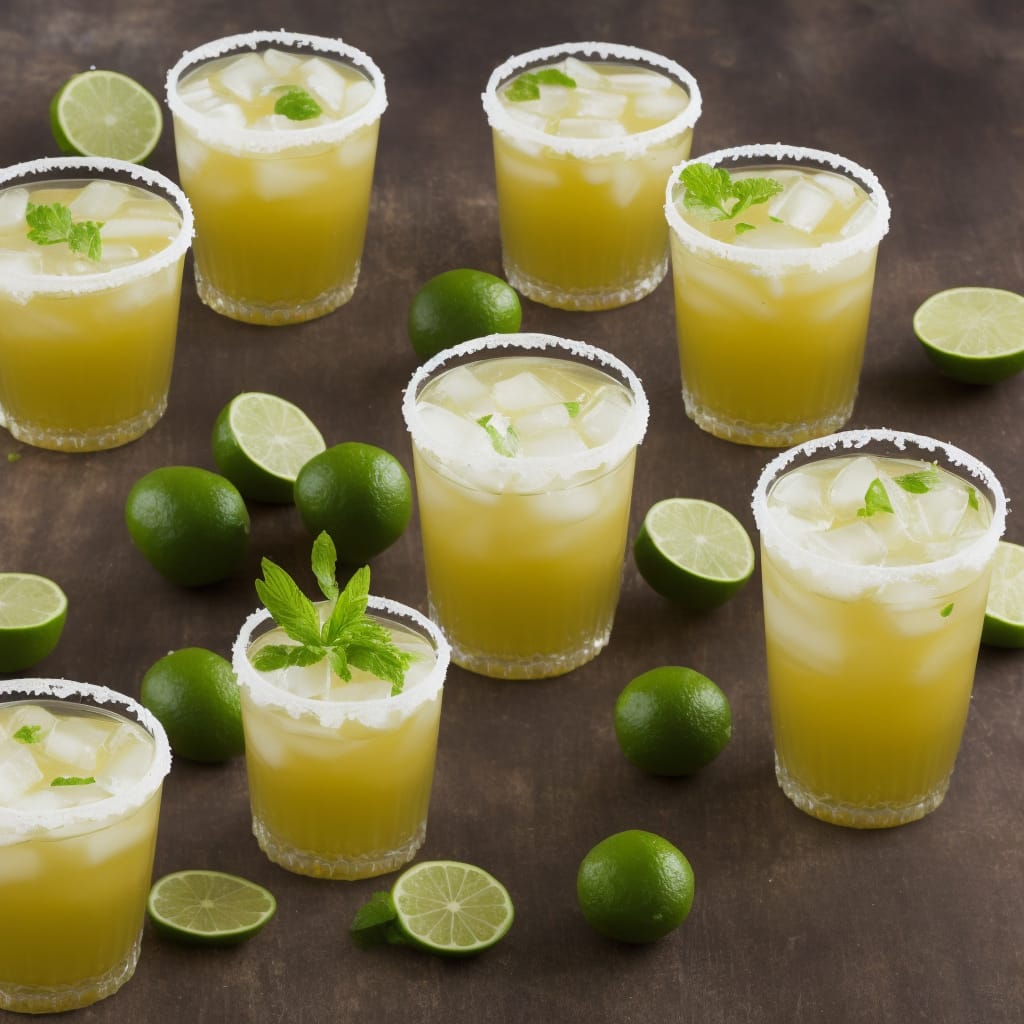
10 mins
1
2
3
4
5
5
from
1
vote
Feeling thirsty? Don't worry! We’ve got your back. We have all kinds of easy and unique cocktail recipes that's perfect for the grown-ups. So thanks to our cocktail recipes, you can make the best cocktail drinks to enjoy with friends and loved ones. These cocktail recipes will give you just the right amount of flavor and kick!
Read More

2 hrs 15 mins
1
2
3
4
5
5
from
1
vote
This classic and versatile dish is not one to miss in the dinner table! Make delicious, warm soup with our comforting soup recipes. You can enjoy this dish as a main course, side dish, or even an appetizer. If you're just learning the ropes around cooking, then soup recipes are a great place to start. Delve into our amazing soup recipes for something easy to make, but satisfying to eat. We guarantee you'll be wiping the bowl clean down to your last spoonful!
Read More

10 mins
1
2
3
4
5
5
from
1
vote
Feeling thirsty? Don't worry! We’ve got your back. We have all kinds of easy and unique cocktail recipes that's perfect for the grown-ups. So thanks to our cocktail recipes, you can make the best cocktail drinks to enjoy with friends and loved ones. These cocktail recipes will give you just the right amount of flavor and kick!
Read More
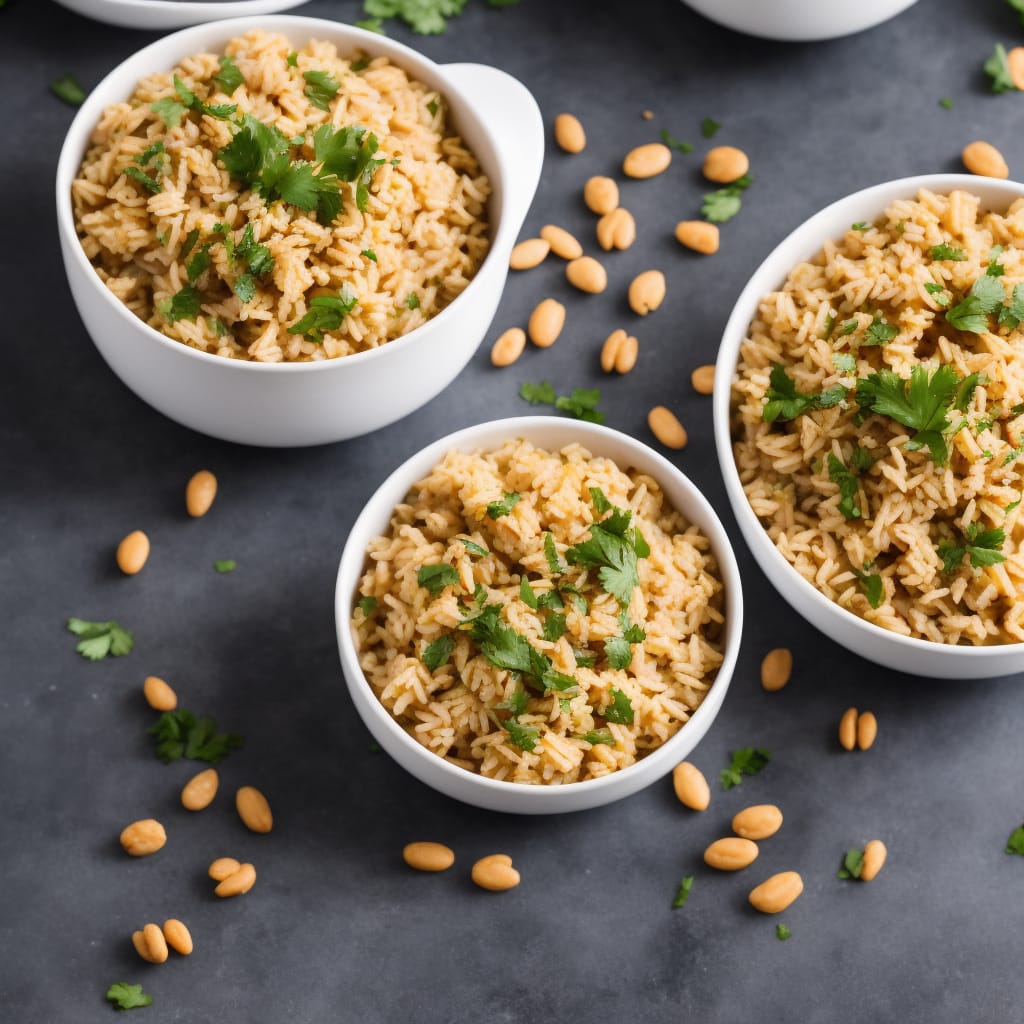
40 mins
1
2
3
4
5
5
from
1
vote
Discover the many delectable ways you can serve rice with our risotto and rice recipes! Rice is a versatile kind of food that you can add to almost anything and it still tastes great. You can partner rice with meat, vegetables, or seafood and it will still hold up well. You can even turn it into a dessert pudding! There are so many ways to cook this ultimate filling comfort food. Find the perfect rice dish for you with our risotto and rice recipes.
Read More
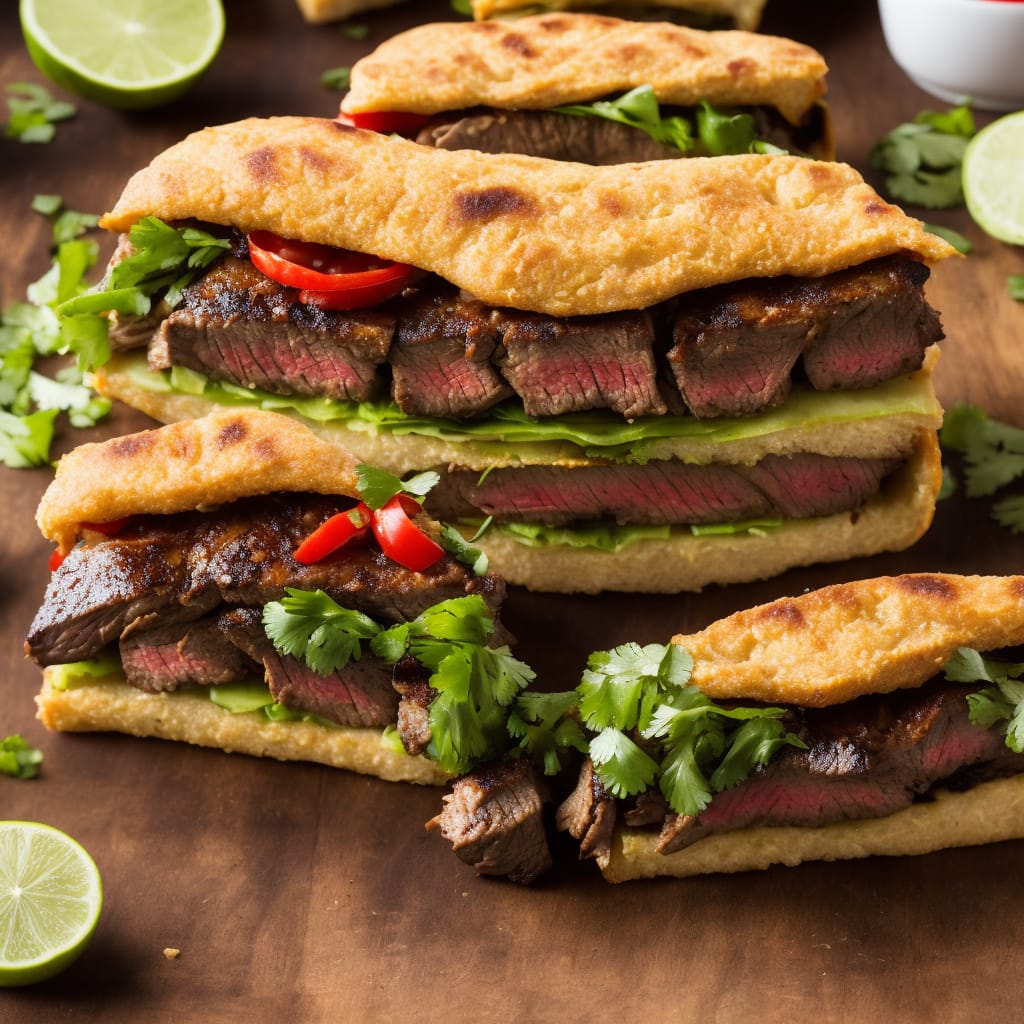
35 mins
1
2
3
4
5
5
from
1
vote
Get creative and experiment with different fillings to make the ultimate sandwich. These sandwich recipes come in handy for those looking for a quick, but filling bite. Enjoy a variety of sandwiches with tasty spreads, meats, and other sweet and savory fillings. Our sandwich recipes also come with unique and more well-known flavors! So get your favorite bread, and try out some of these flavorful sandwiches today.
Read More

35 mins
1
2
3
4
5
5
from
1
vote
There’s nothing better than a hot and fresh casserole right from the oven. For cooking recipes that are failsafe and delicious, look no further and follow these casserole recipes that are sure to garner you some new fans along the way.
Read More
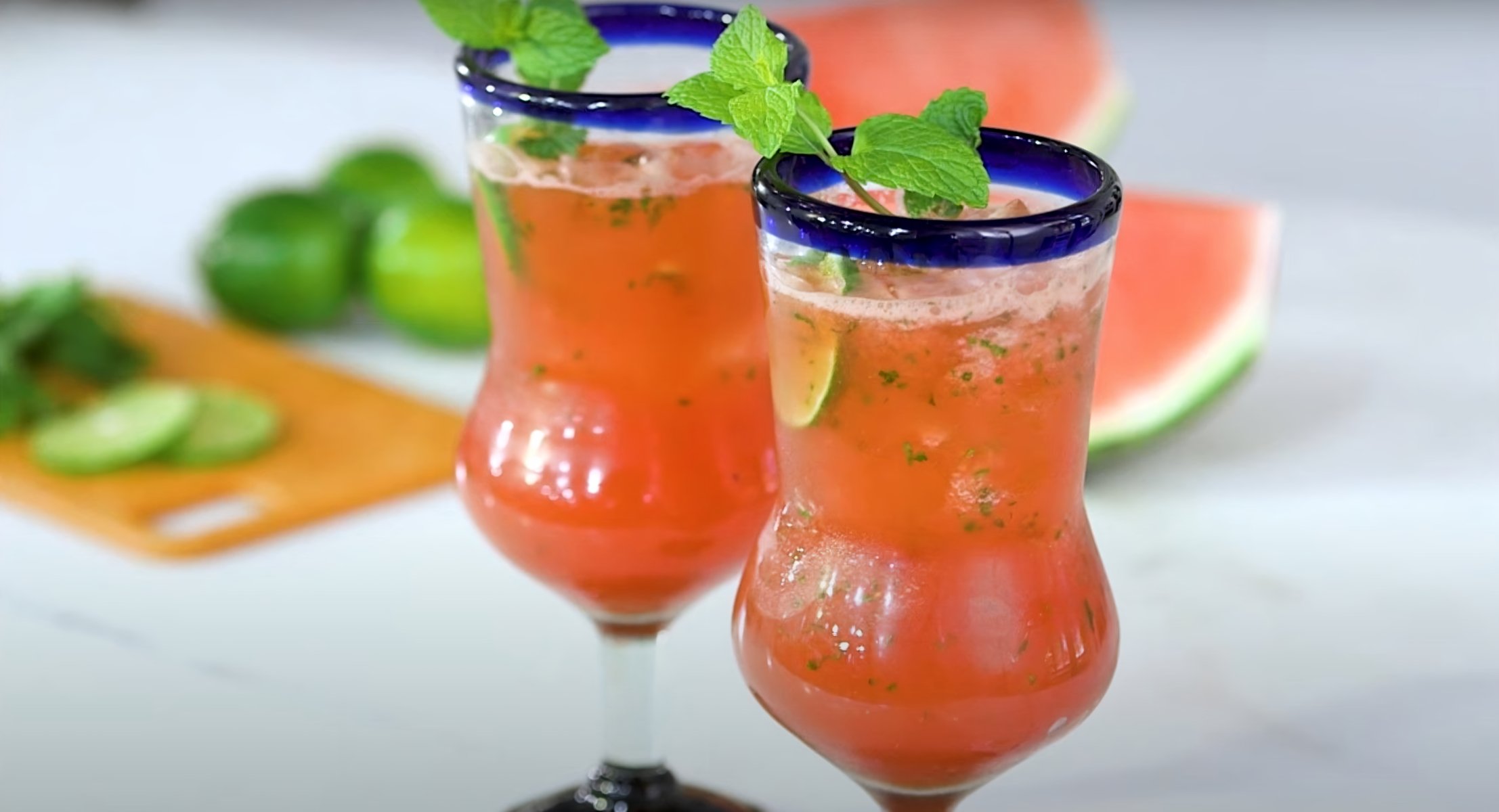
10 mins
1
2
3
4
5
5
from
1
vote
What better way to refresh yourself during the summer than with these fresh fruit smoothie recipes? You can make smoothies with any fruit you have at home: be it strawberries, mango, banana, or blueberry—whichever you fancy! And if you get tired of those, you can mix in other fruits like kiwi, banana, or cherries. Don’t know where to start? Check our smoothie recipes and get a healthy dose of refreshingly healthy drinks.
Read More
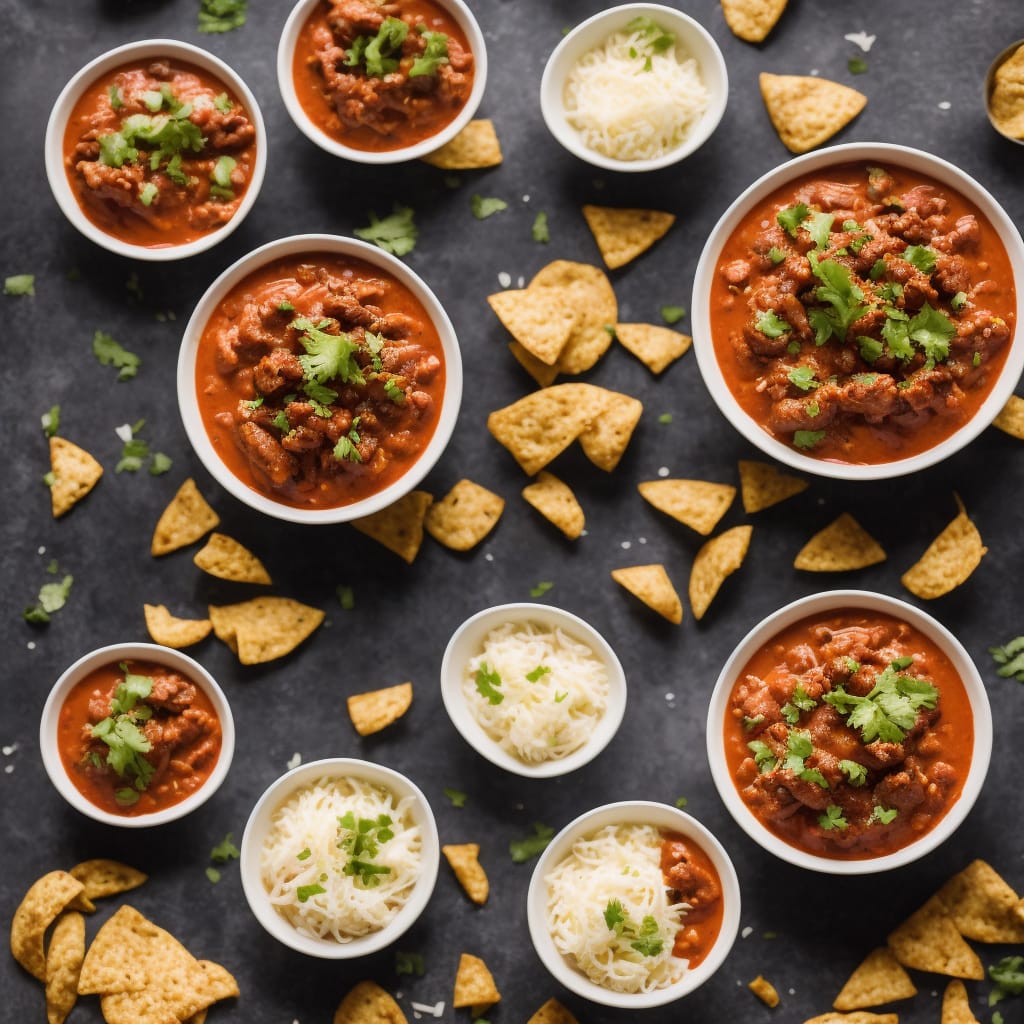
30 mins
1
2
3
4
5
5
from
1
vote
Need something to amp up the flavor on your appetizers? Look no further from our delicious dip recipes. Together with an array of sauce recipes, these delightful flavorings are sure to enhance any meal. We have a variety of recipes, from savory marinara sauces to sweet cinnamon dips. Pair off these yummy dip recipes with your favorite finger foods and snacks for a more delightful treat!
Read More
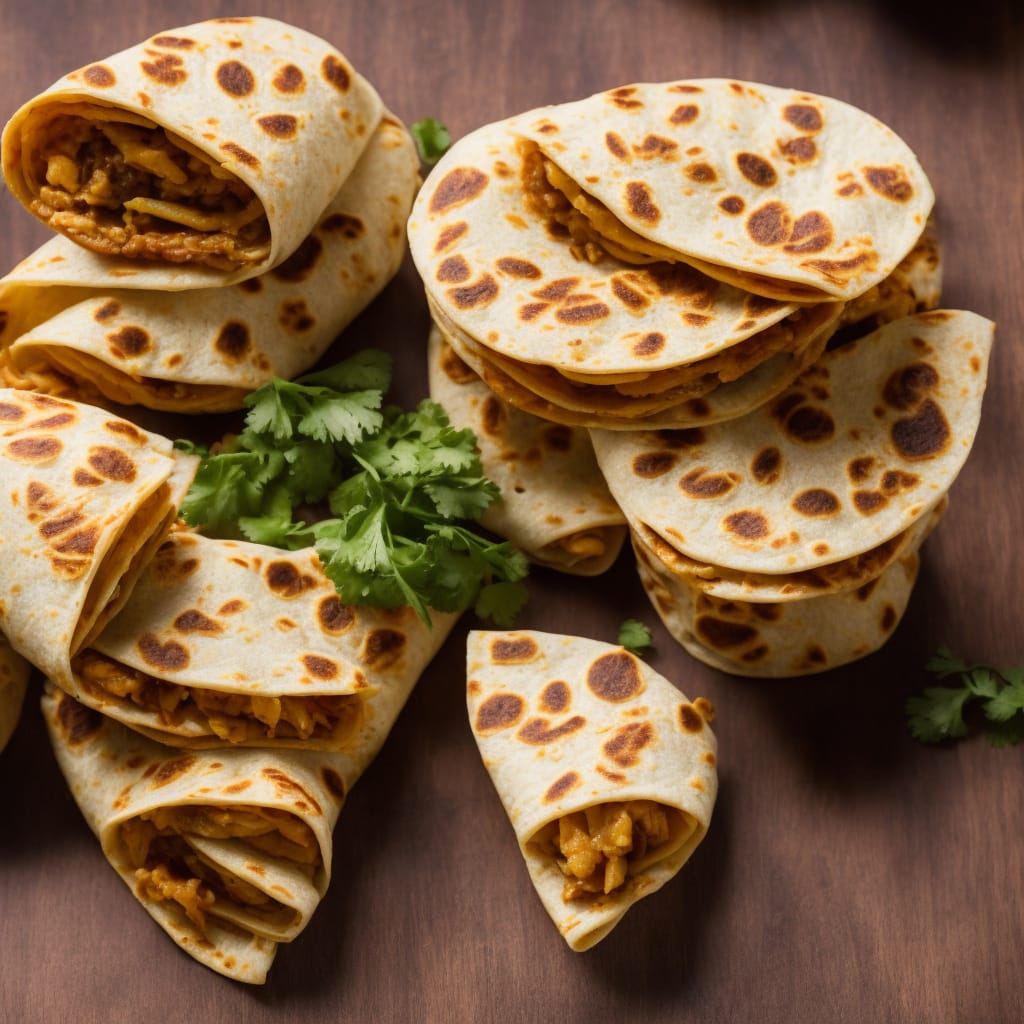
25 mins
1
2
3
4
5
5
from
1
vote
Get creative and experiment with different fillings to make the ultimate sandwich. These sandwich recipes come in handy for those looking for a quick, but filling bite. Enjoy a variety of sandwiches with tasty spreads, meats, and other sweet and savory fillings. Our sandwich recipes also come with unique and more well-known flavors! So get your favorite bread, and try out some of these flavorful sandwiches today.
Read More
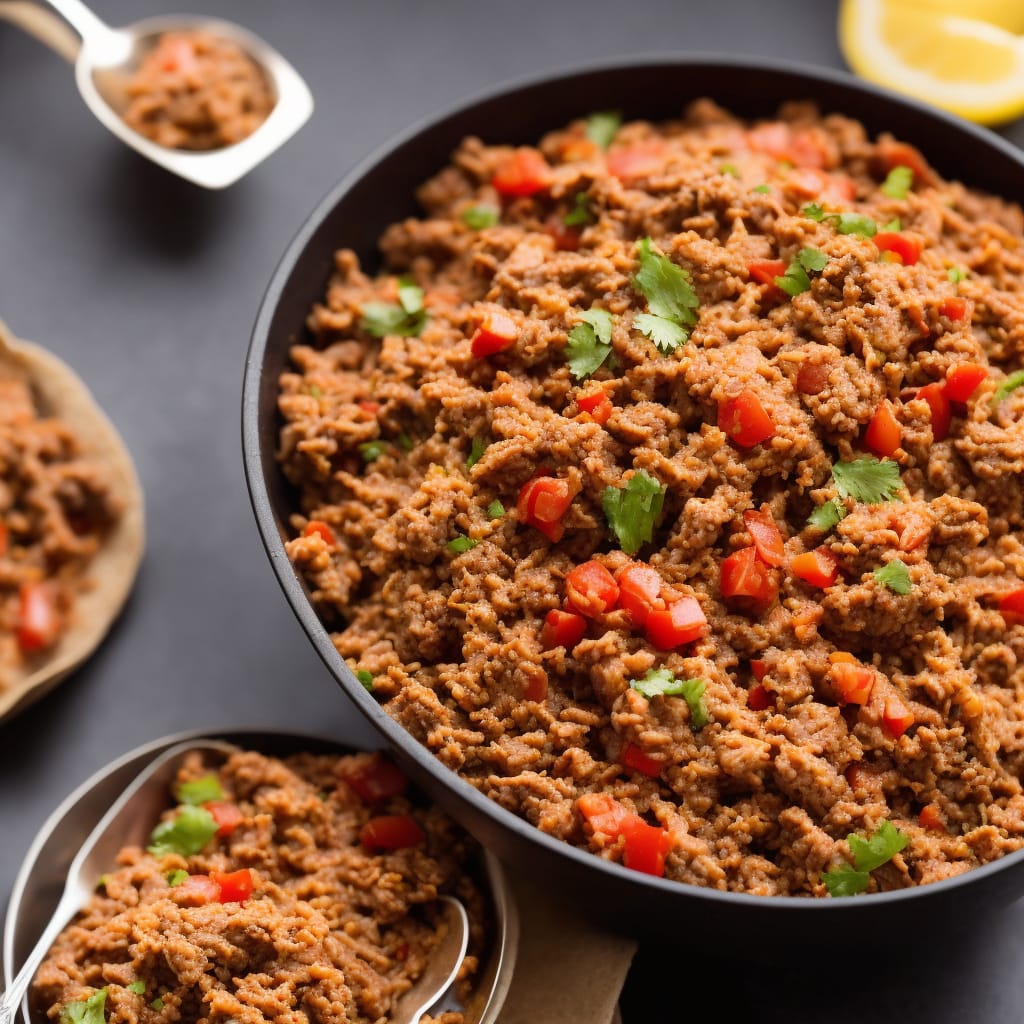
15 mins
1
2
3
4
5
5
from
1
vote
Need something to amp up the flavor on your appetizers? Look no further from our delicious dip recipes. Together with an array of sauce recipes, these delightful flavorings are sure to enhance any meal. We have a variety of recipes, from savory marinara sauces to sweet cinnamon dips. Pair off these yummy dip recipes with your favorite finger foods and snacks for a more delightful treat!
Read More
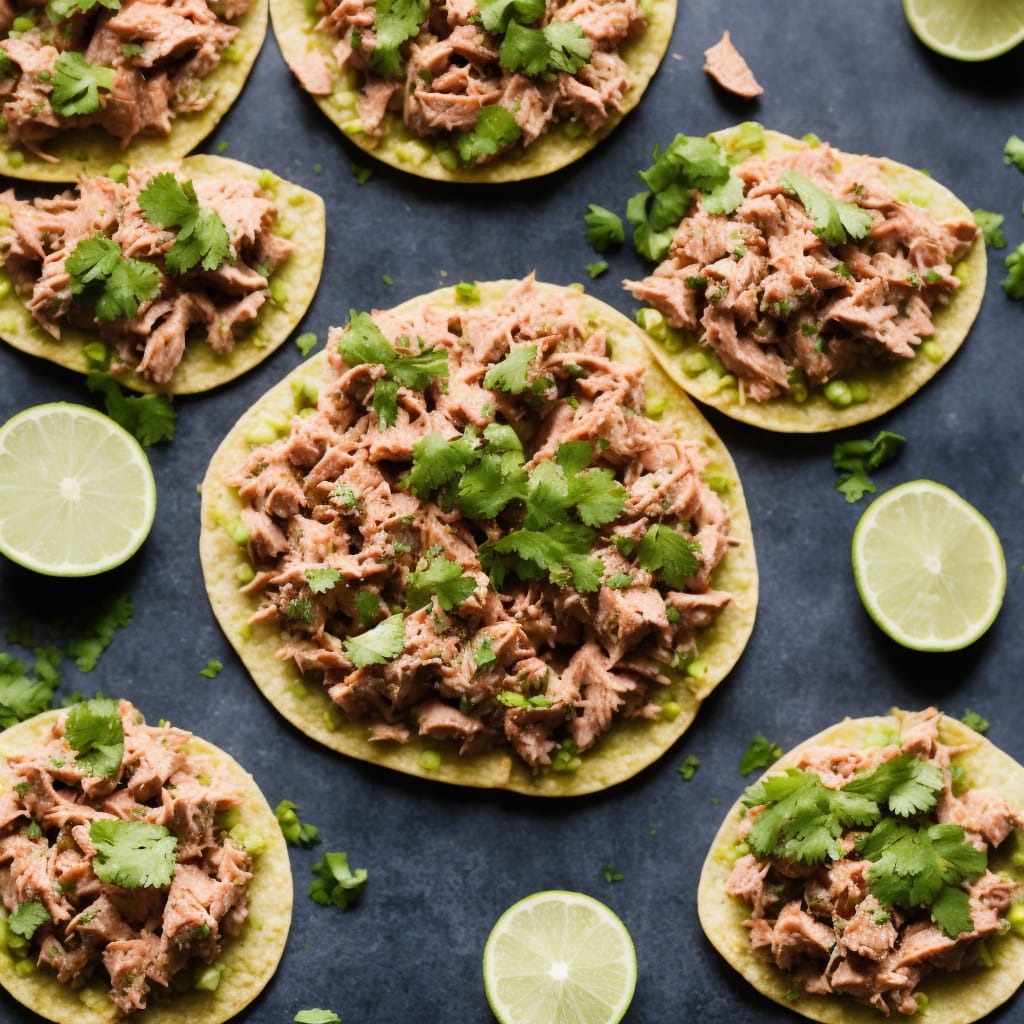
25 mins
1
2
3
4
5
5
from
1
vote
Where do you even begin with seafood? You might find yourself overwhelmed by the vast selection of seafood dishes to choose from, but fret not! Our seafood recipes are here to help you out!
Read More















